Scientific name Canarium Rank Genus | ||
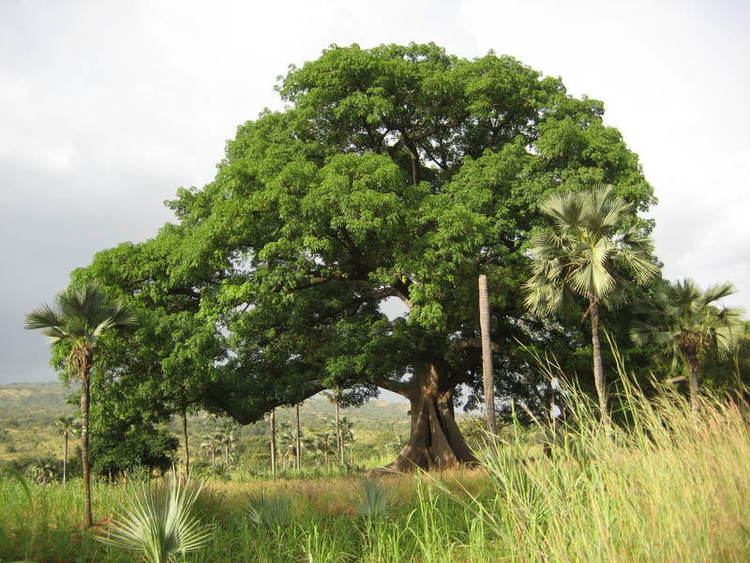 | ||
Lower classifications Chinese olive tree, Canarium luzonicum, Canarium asperum, Canarium zeylanicum, Canarium paniculatum | ||
Tertiary ingredients of canarium vulgare formulations pankaj oudhia s medicinal plant database
Canarium is a genus of about 100 species of tropical and subtropical trees, in the family Burseraceae. They grow naturally across tropical Africa, south and southeast Asia, Indochina, Malesia, Australia and western Pacific Islands; including from southern Nigeria east to Madagascar, Mauritius, Sri Lanka and India; from Burma, Malaysia and Thailand through the Malay Peninsula and Vietnam to south China, Taiwan and the Philippines; through Borneo, Indonesia, Timor and New Guinea, through to the Solomon Islands, New Caledonia, Fiji, Samoa, Tonga and Palau.
Contents
- Tertiary ingredients of canarium vulgare formulations pankaj oudhia s medicinal plant database
- Tertiary ingredients of canarium strictum formulations pankaj oudhia s medicinal plant database
- Common names
- Species
- Uses and ecology
- References
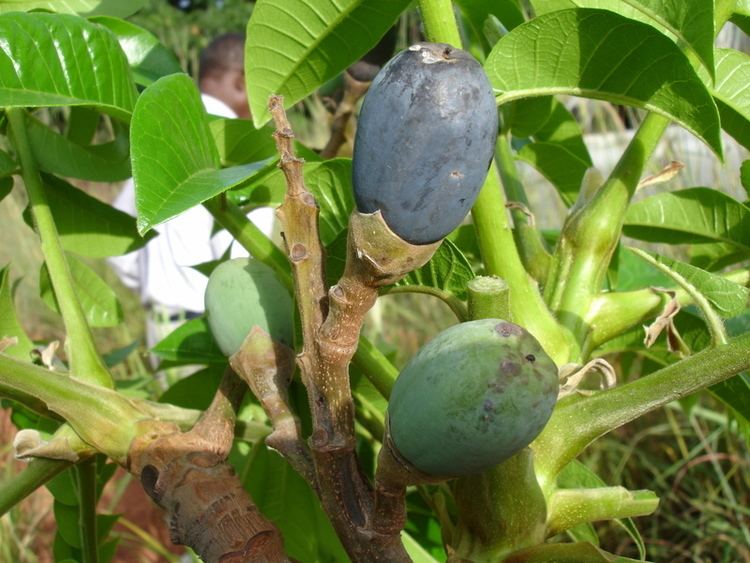
They grow up to large evergreen trees of 40–50 m (130–160 ft) tall, and have alternately arranged, pinnate leaves.
Tertiary ingredients of canarium strictum formulations pankaj oudhia s medicinal plant database
Common names
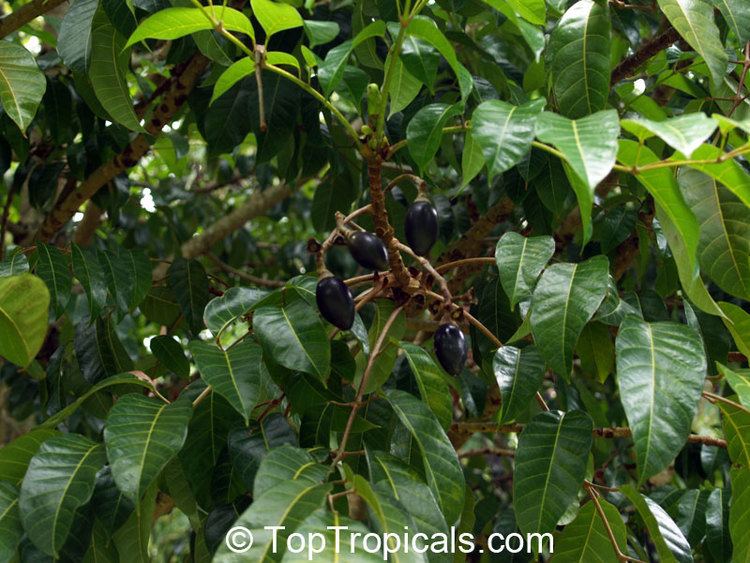
The trees and their edible nuts have a large number of common names in their range. These include Pacific almond, canarium nut, pili nut, Java almond, Kenari nut, galip nut, nangai, and ngali.
Species
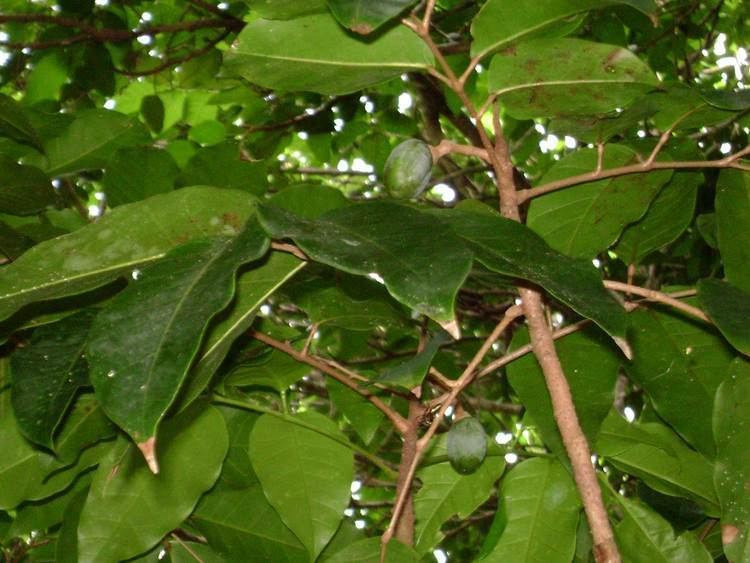
This species listing was sourced from The Plant List data aggregation website that takes in some inaccurate data. The brief species distribution information was sourced from Flora Malesiana, the Flora of China (series) and the Australian Tropical Rainforest Plants information system.
Uses and ecology
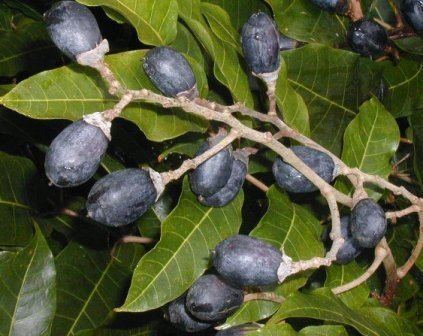
Several species have edible nuts, known as galip nut or nangae (C. indicum), pili nut (C. ovatum), or simply canarium nut (C. harveyi and C. indicum). C. indicum are among the most important nut-bearing trees in eastern Indonesia and the Southwest Pacific. C. ovatum is cultivated as a food crop only in the Philippines.

Canarium odontophyllum, known commonly as dabai or kembayau, is a species with a nutritious fruit with a creamy taste. It is hard when raw and may be pickled or softened with hot water when prepared. Many animals feed on the fruit in the wild, such as the red-bellied lemur (Eulemur rubriventer) and the ruffed lemurs (Varecia) of Madagascar's eastern rainforests.
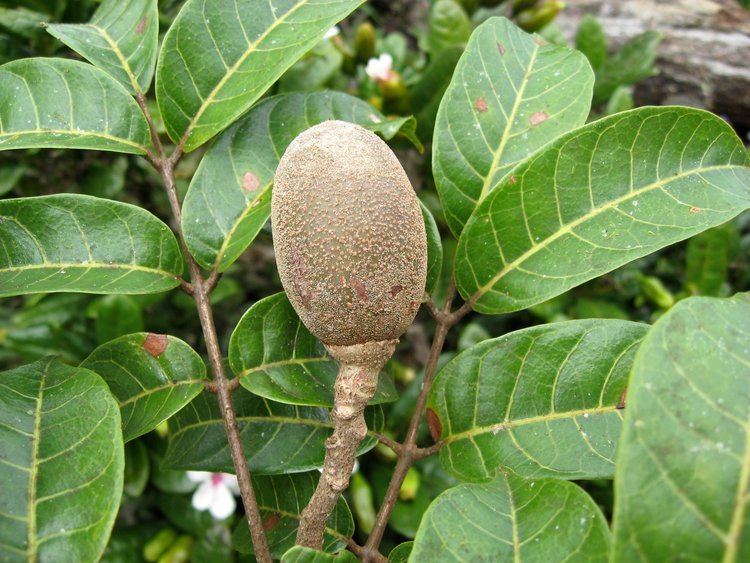
Canarium album produces a fruit consumed in Vietnam, Thailand (where it is known as nam liap (Thai: หนำเลี้ยบ), samo chin (Thai: สมอจีน) or kana (Thai: กาน้า)) and in China (Chinese olive) with an appearance of a big olive.
Canarium luzonicum, commonly known as elemi, is a tree native to the Philippines. An oleoresin, which contains Elemicin, is harvested from it.
Superb fruit-doves (Ptilinopus superbus) are known to be fond of the fruit of scrub turpentine (C. australianum), which they swallow whole.
